Multi Agent Orchestration: The new Operating System powering Enterprise AI
The real AI race isn’t about bigger models, it’s about orchestration!
The real AI race isn’t about building larger, more complex models; it’s about mastering AI orchestration. The era of isolated AI systems is ending, and coordinated intelligence is the new competitive edge for enterprises. In the past, virtual assistants wowed us with their ability to schedule meetings, process invoices, and respond to customer inquiries with impressive fluency. However, today's business executives are facing a harsh truth: even the most powerful AI agents eventually hit a ceiling. No single agent can excel at everything, understand all data, or handle the complexity of modern organizations, where decisions span multiple departments, data systems, and operational contexts.
By 2028, Gartner predicts that 58% of business functions will have AI agents managing at least one process daily. But this raises a critical question: if AI agents cannot collaborate seamlessly, can they truly be considered intelligent, or are they merely isolated automation silos?
This is the inflection point. The true competitive frontier has shifted from building the smartest AI agent to orchestrating a network of specialized agents that can collaborate efficiently, securely, and at scale. According to Gartner’s 2025 Agentic AI research, nearly 50% of surveyed vendors identified AI orchestration as their primary differentiator. This isn’t just a trend, it’s a fundamental shift in how AI will drive business value.
As large language models and autonomous agents evolve, the ability to coordinate these technologies into a cohesive, goal-driven network will be the true force multiplier for enterprise value. Orchestrating AI agents will unlock the next level of business efficiency, innovation, and growth.
Multi-agent orchestration is rapidly becoming the backbone of enterprise autonomy. By controlling this layer, businesses can do more than just automate tasks, they can design how their organization thinks, makes decisions, and acts in the AI-powered future. This new approach to AI will allow businesses to integrate specialized agents seamlessly across functions, driving smarter, faster, and more collaborative decision-making across the entire organization.
Embrace AI Orchestration and gain the competitive edge you need to thrive in the AI-driven future. The age of isolated AI is over, it's time to orchestrate, collaborate, and scale.
Table of Contents
- What is Multi Agent Orchestration?
- How does Multi Agent Orchestration work?
- Benefits of Multi Agent Orchestration
- Challenges in implementing Multi Agent Orchestration
- Multi Agent Orchestratin in the Kore.ai Agent Platform
- The next frontier: The internet of agents
- The cost of waiting
What is Multi Agent Orchestration?
Multi-agent orchestration is the coordinated management of multiple AI agents so they work together as a unified, goal-driven system. It ensures that each agent, regardless of its specialization, communicates, collaborates, and executes tasks in harmony to achieve complex outcomes that no single agent could accomplish alone. Through shared context, dynamic role assignment, conflict resolution, and real-time decision alignment, multi-agent orchestration transforms isolated AI capabilities into an integrated, intelligent network that can operate autonomously at enterprise scale.
This AI orchestration framework enables agents to collaborate seamlessly, assume specialized roles, exchange information, resolve conflicts, and adapt dynamically to changing business conditions. As a result, enterprises achieve far greater efficiency, resilience, and scale than any single AI agent could deliver alone.
Where an individual agent is restricted by its narrow domain expertise, multi-agent orchestration unlocks the collective intelligence of dozens, or even hundreds, of specialized agents across customer service, procurement, logistics, compliance, finance, and marketing. Acting as the central control layer, orchestration ensures these diverse capabilities integrate rather than collide, transforming fragmented workflows into coherent enterprise outcomes.
This shift from standalone agents to orchestrated multi-agent networks is both measurable and already underway. Industry research underscores the momentum: TechRadar reports that 61% of business leaders are deploying AI agents, Gartner predicts that 15% of daily business decisions will be automated by AI agents by 2028, and Forrester finds that 56% of organizations improve scalability when orchestration frameworks are implemented. The conclusion is clear: multi-agent orchestration is rapidly becoming the cornerstone of enterprise AI adoption.
Delivering this impact requires a set of tightly integrated technical capabilities that keep agents aligned and effective:
- Dynamic role allocation: Assign responsibilities to the agent best suited for the task, and seamlessly reassign them as business conditions shift.
- Workflow monitoring: Continuously track progress across agents, detect bottlenecks or failures, and reallocate work instantly.
- Conflict resolution: Reconcile contradictory logic or decisions so agents do not work at cross purposes.
- Shared memory and context: Preserve institutional knowledge across interactions so agents collaborate with continuity and intelligence.
- Governance enforcement: Embed compliance, ethics, security, and role-based access control (RBAC) into every decision an agent makes. This ensures least-privilege access, auditability, and policy adherence by design.
Together, these capabilities elevate orchestration far beyond simple API integration or process hand-offs. Multi-agent orchestration is emerging as an enterprise operating system for autonomy. In this model, AI does not simply execute isolated tasks, but collaborates, adapts, and scales across domains. Orchestration transforms AI into a coherent, governed, and future-ready capability that drives resilience and competitive advantage.
How does Multi Agent Orchestration work?
Multi-agent orchestration is not a single feature but a system of interdependent components that transform autonomous agents into a governed, enterprise-grade AI operating system. Unlike isolated automation, orchestration enables agents to collaborate, adapt, and learn as part of a context-aware intelligence fabric that scales across the enterprise.
The Core Architecture of Multi Agent Orchestration
- Conversational Interface (NLP Layer) – The entry point that captures natural language input, interprets user intent, manages ambiguity, and translates requests into structured formats.
- Planner – The strategist that decomposes complex goals into subtasks, sets dependencies, and creates a compliant execution roadmap.
- Orchestrator (Control Layer) – The central hub that allocates tasks, enforces governance and role-based access control (RBAC), monitors workflows, and adapts in real time.
- Specialized Agents – Domain-specific agents in finance, HR, compliance, logistics, and marketing. They execute tasks while collaborating within the network.
- Memory, Tools, and Enterprise Context – Shared knowledge, APIs, and enterprise data (ERP, CRM, HR, regulatory systems) that ensure decisions are grounded, accurate, and auditable.
The Six Stages of Multi Agent Orchestration
- Capturing Intent - Every orchestration begins with user input. The conversational interface interprets natural language, handles errors or incomplete data, and prompts for missing details. The result is a structured intent that downstream systems can reliably act upon.
- Planning - The Planner translates intent into an actionable roadmap. It breaks requests into subtasks, defines dependencies, builds fallback paths for resilience, and ensures compliance with enterprise policies. This planning stage answers: “What needs to be done, and in what order?”
- Assigning Roles - The Orchestrator evaluates the roadmap and assigns tasks to the most capable agents. It applies RBAC and governance rules to ensure least-privilege access, compliance alignment, and auditable decision-making.
- Collaboration Across Agents - Specialized agents act as a coordinated network, not isolated executors. They share context through memory, call enterprise APIs and tools, run in sequence or parallel, and resolve conflicts when outputs diverge. This ensures orchestration is collaborative, adaptive, and business-aligned.
- Monitoring, Governance, and Human-in-the-Loop (HITL) - The Orchestrator continuously oversees workflows. It detects errors, reallocates work as conditions shift, and maintains a traceable audit trail. Governance is embedded at every step, with RBAC, compliance rules, and monitoring in place. Human-in-the-Loop (HITL) capabilities enable supervisors to review, approve, or override actions in real time when confidence is low or stakes are high. This balance of automation and oversight ensures orchestration is transparent, safe, and trustworthy.
- Learning and Institutional Intelligence -The final stage ensures continuous improvement. Shared memory and feedback loops preserve outcomes, improve planning accuracy, and capture user preferences. HITL corrections are stored as learning signals, refining future execution. This builds institutional intelligence, a knowledge fabric that compounds over time, making the system smarter, faster, and more resilient.
From Automation to an Enterprise AI Operating System
This closed loop of capturing intent, planning, assigning, collaborating, governing, and learning elevates orchestration far beyond task automation. It becomes an enterprise operating system for AI autonomy, a governed framework where agents collaborate across domains, adapt in real time, and scale securely.
By combining planners, orchestrators, specialized agents, enterprise tools, memory, and human oversight, multi-agent orchestration transforms AI into a future-ready, context-aware, and resilient capability. It enables organizations not only to automate processes but also to build an intelligence fabric that drives scalability, compliance, and competitive advantage.
Multi-agent orchestration is the framework that turns autonomous agents into a governed enterprise AI operating system. By combining planners, orchestrators, specialized agents, governance, RBAC, memory, and human-in-the-loop oversight, it enables secure, scalable, and context-aware AI that learns continuously and drives business growth.
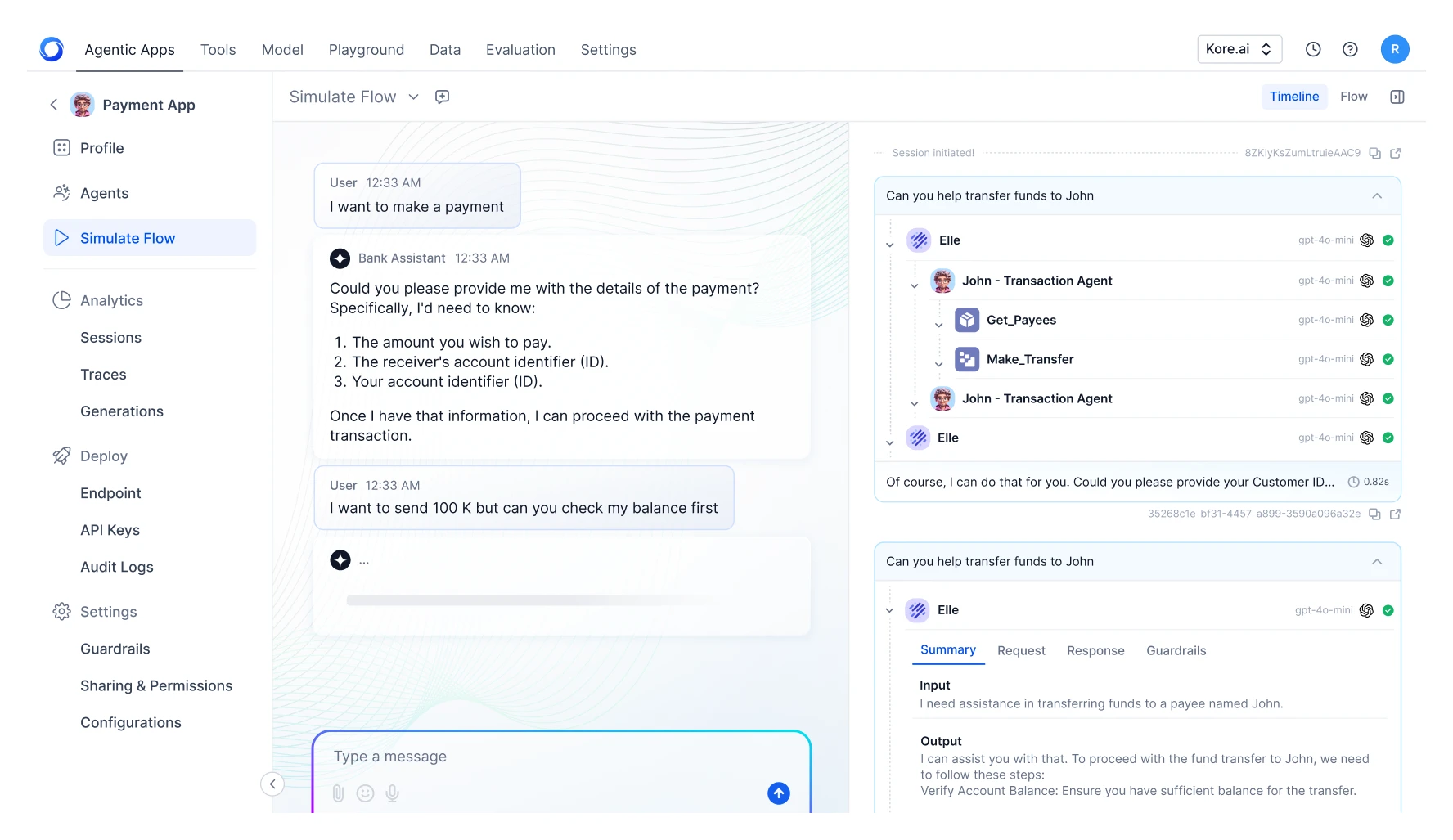
Benefits of Multi Agent Orchestration
When enterprises move from isolated agents to orchestrated systems, the impact goes far beyond efficiency gains. Orchestration reshapes how intelligence flows through the organization, turning scattered automation into a governed, adaptive network. Few benefits matter the most:
- Scale without bottlenecks - In most automation programs, scale is where things break. Add too many moving parts and systems slow or fragment. Orchestration reverses that dynamic. New agents, whether focused on service, finance, or IT, can be introduced like modular components, with the orchestration layer ensuring they mesh seamlessly. The network grows without friction, and intelligence scales with the enterprise rather than stalling it.
- Built-in resilience - Single-agent systems carry single points of failure. Orchestrated networks don’t. If one agent fails, others redistribute the load, maintaining continuity. In high-stakes contexts, clearing payments, managing patient data, or running airline schedules, this fault tolerance becomes the difference between resilience and disruption.
- Adaptability to change - The real test of enterprise AI isn’t how it performs in a steady state, but how it responds when the ground shifts, new regulations, volatile markets, and unexpected demand. Orchestration ensures agents can reassign roles, integrate new signals, and adjust strategies in real time. Instead of reprogramming every system, enterprises gain a layer of intelligence that flexes as conditions evolve.
- Collective learning and institutional intelligence - Perhaps the most overlooked benefit is memory. In an orchestrated system, agents don’t just complete tasks and move on; they share context, preserve history, and learn as a network. Over time, this compounds into institutional intelligence: a knowledge base that doesn’t sit in documents or dashboards, but lives inside the operating fabric of the enterprise itself.
- Direct business outcomes - The translation to impact is clear: faster time-to-market, leaner operations, more resilient systems, higher employee productivity, and sharper customer experiences. Orchestration turns intelligence from a set of isolated wins into an enduring source of competitive advantage.
Challenges in implementing Multi Agent Orchestration
Enterprises rarely stumble on the idea of orchestration; they stumble on the realities of putting it into practice. The technology promises coordination, but the path to scale introduces its own set of frictions. Some stand out.
- Trust and reliability - Even the most advanced agents are not fully predictable. They can drift from expected behavior, hallucinate outputs, or arrive at conflicting conclusions. In a multi-agent environment, small inconsistencies ripple quickly. Without continuous monitoring, arbitration, and fallback systems, orchestration risks amplifying errors rather than containing them.
- Governance and compliance - As orchestration expands, so does the risk surface. Sensitive data crosses APIs and domains, while regulations demand traceability and auditability at every step. The real challenge isn’t embedding governance once; it’s ensuring compliance is enforced automatically, across every agent interaction. Striking the right balance between agent autonomy and human oversight is critical; lean too far either way, and the system either breaks trust or loses speed.
- Cost and ROI pressures - Large-scale orchestration consumes compute, integration effort, and human attention. If outputs require heavy manual correction, costs rise, and the business case weakens. Leaders face pressure to demonstrate value quickly, often through tightly scoped pilots that can prove efficiency before expansion. Without that discipline, orchestration risks being seen as a cost center rather than a multiplier.
- Scaling and interoperability - What works in a controlled pilot rarely survives enterprise complexity. Latency, debugging challenges, and cascading failures surface as agents multiply. Vendor lock-in adds another layer of risk: orchestration frameworks tied too tightly to a single ecosystem limit flexibility in a fast-moving AI landscape. Designing for modularity and interoperability from the start is the only way to future-proof investments.
The Bigger Picture - These hurdles aren’t roadblocks; they are the very reasons orchestration exists. By embedding governance, ensuring interoperability, and designing for resilience, enterprises can turn complexity into control. Orchestration doesn’t just coordinate agents; it manages trust, risk, and scale.
Multi Agent Orchestration in the Kore.ai Agent Platform
The Kore.ai Agent Platform has multi-agent orchestration as a foundational capability, treating it not as an add-on but as the control layer for enterprise autonomy. The architecture enables:
- Supervisor-based orchestration – A central orchestrator breaks down complex tasks, assigns them to the most relevant agents, reconciles results, and delivers unified outputs. This prevents agents from operating as isolated silos.
- Dynamic role allocation and coordination – Agents are selected or reassigned in real time based on enterprise context, regulatory triggers, or data availability. Workflows can run in sequence or parallel while preserving context across steps.
- Shared memory and persistence – The platform provides structured memory stores where agents retain conversation history, institutional knowledge, and cross-session data. This ensures continuity and personalization over repeated interactions.
- Conflict resolution and arbitration – Built-in frameworks allow negotiation between agents with competing priorities, using rules, escalation policies, or human-in-the-loop oversight when needed.
- Integration into enterprise systems – Orchestrated agents connect directly into ERP, CRM, HR, and domain-specific platforms, ensuring outcomes move beyond recommendations into auditable enterprise actions.
- Governance and observability – Every agent interaction is logged, monitored, and aligned with compliance policies. The orchestration layer enforces security, ethical constraints, and accountability across all workflows.
This design allows enterprises to scale from guided automation to more autonomous, reasoning-driven agent networks, while keeping control through supervision, memory, and governance.
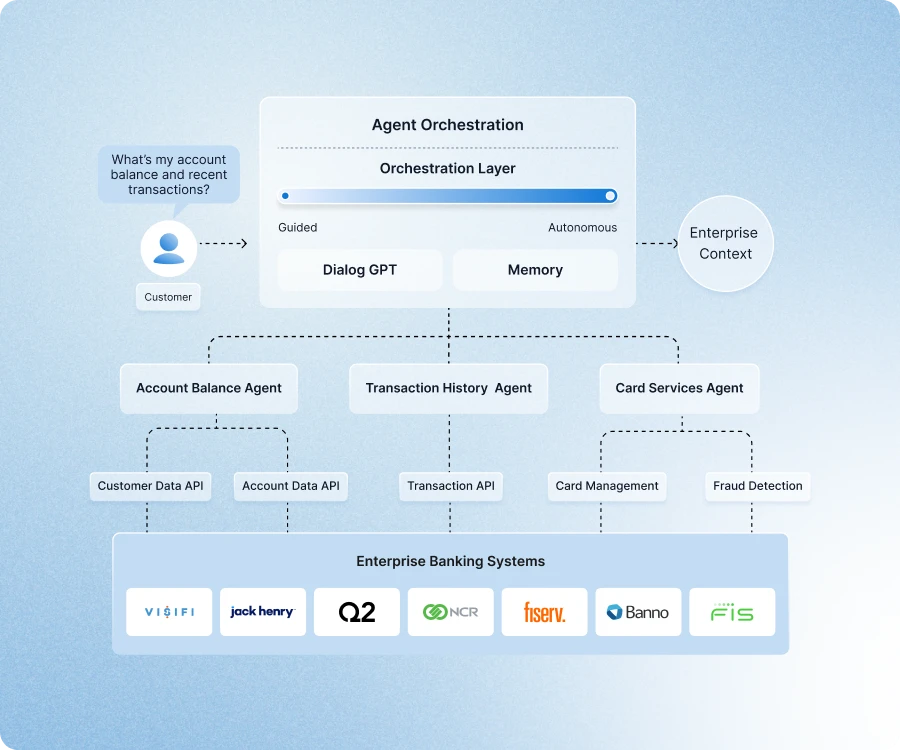
Learn more - Kore.ai Multi-Agent Orchestration
The next frontier: The internet of agents
So far, most orchestration has been contained within the walls of a single enterprise. But the future will stretch far beyond those boundaries. We’re starting to see glimpses of what happens when orchestration crosses industries and ecosystems.
Picture a financial network where bank agents, regulatory agents, and payment processors collaborate seamlessly to execute compliant transactions across borders in real time. Or imagine a global supply chain where warehouse agents, customs agents, and delivery partners dynamically reroute shipments the moment a disruption is detected.
This is the emerging Internet of Agents, a fabric of interoperable AI systems that extend orchestration across industries. In this future, your agents must be fluent participants in the broader ecosystem, or risk being excluded from the fastest-moving opportunities. The enterprises that prepare for this shift will be the ones shaping, not following, the next wave of AI-enabled markets.
The cost of waiting
It’s tempting to see orchestration as the “next step”, something to worry about after AI adoption matures. But delaying carries a hidden cost. Every uncoordinated agent deployed today adds to tomorrow’s complexity. Every siloed workflow creates friction that orchestrated competitors will not face.
The market is not waiting. AI ecosystems are already moving toward adaptive, interconnected networks. Enterprises that act now can shape this future and establish durable advantages. Those that hesitate will find themselves scrambling to retrofit orchestration into sprawling, siloed agent deployments, a far more expensive and less effective path. The choice is stark: lead by designing orchestration into your enterprise now, or risk being left behind as others turn coordination into a competitive weapon.
FAQs
1. What is Multi Agent Orchestration?
Multi Agent Orchestration is the process of coordinating multiple autonomous AI agents so they work together toward shared goals. Instead of functioning in isolation, these agents communicate, share context, and collaborate under an orchestration layer that ensures harmony and alignment. This approach transforms fragmented automation into a unified, adaptive intelligence system.
2. How does Multi Agent Orchestration work?
Multi Agent Orchestration operates through a structured Agentic AI framework that includes:
- Planner: Breaks complex objectives into subtasks.
- Orchestrator: Assigns tasks, enforces rules, and manages execution.
- Specialized Agents: Domain experts that perform focused actions.
- Shared Memory: Stores context, data, and learnings for continuity
Together, these components enable agents to plan, collaborate, and adapt in real time, creating a dynamic and self-improving AI ecosystem.
3. What are the key benefits of Multi Agent Orchestration for enterprises?
The biggest benefits include:
- Scalability: Easily add or adjust agents without breaking workflows.
- Resilience: The network keeps functioning even if one agent fails.
- Adaptability: Responds instantly to market or data changes.
- Governance: Ensures every agent operates within policy and compliance frameworks.
- Continuous learning: Agents share experience, improving efficiency over time.
This makes orchestration a cornerstone for building intelligent, future-ready organizations.
4. What challenges do businesses face when implementing Multi Agent Orchestration?
Common challenges include maintaining trust and reliability among agents, embedding governance and compliance, ensuring interoperability between diverse systems, and managing cost versus ROI. Additionally, as agent networks scale, ensuring security, context consistency, and human oversight becomes essential. Successful orchestration requires a balanced mix of automation, governance, and adaptability.
5. What is the future of Multi Agent Orchestration?
The future lies in an emerging “Internet of Agents”, where orchestrated AI systems from different organizations and industries collaborate securely across boundaries. As orchestration frameworks mature, agents will exchange information autonomously, optimize decisions collectively, and extend intelligence beyond single enterprises. This evolution will redefine how businesses interact, operate, and compete in the AI-driven economy.

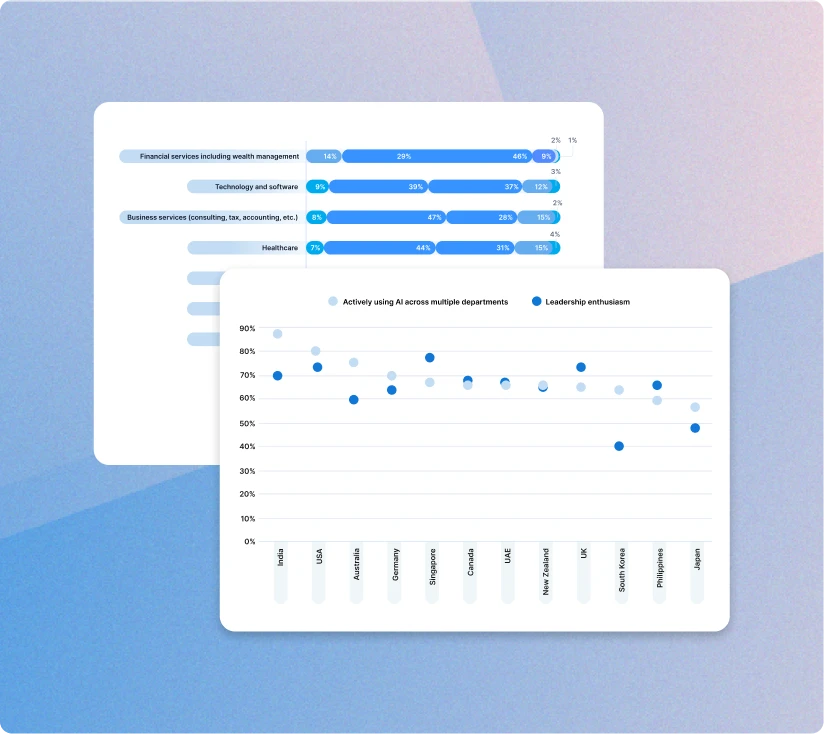


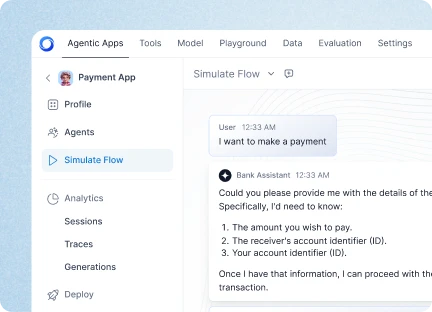
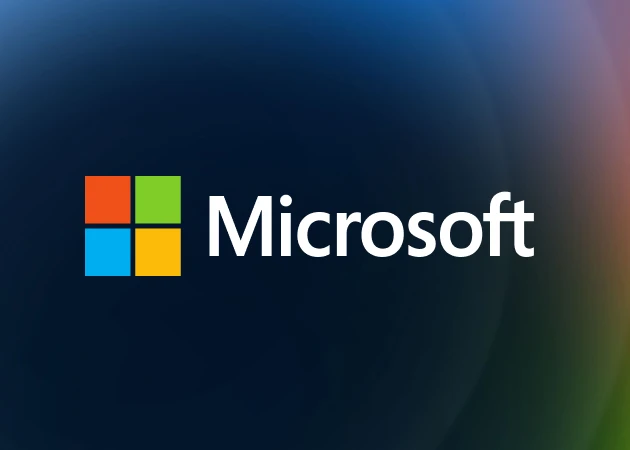

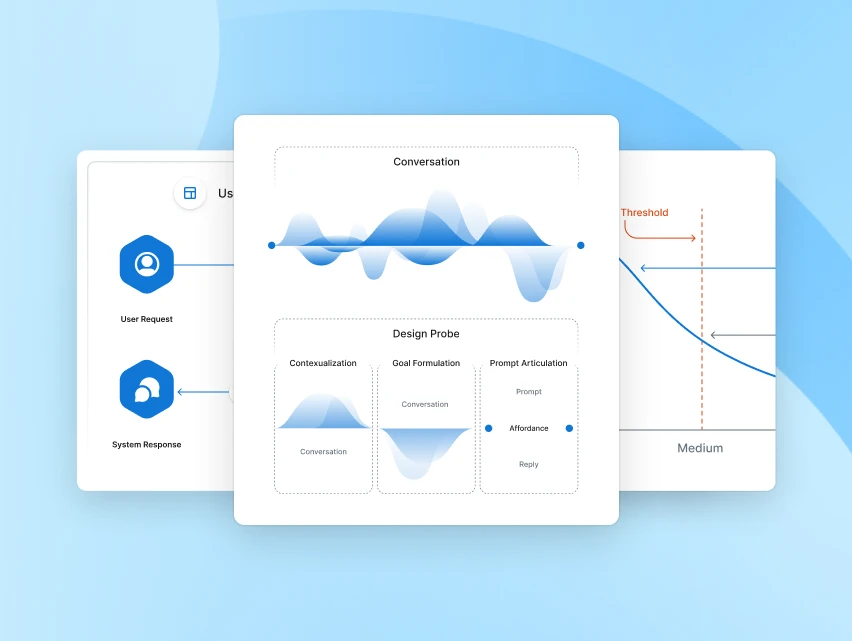
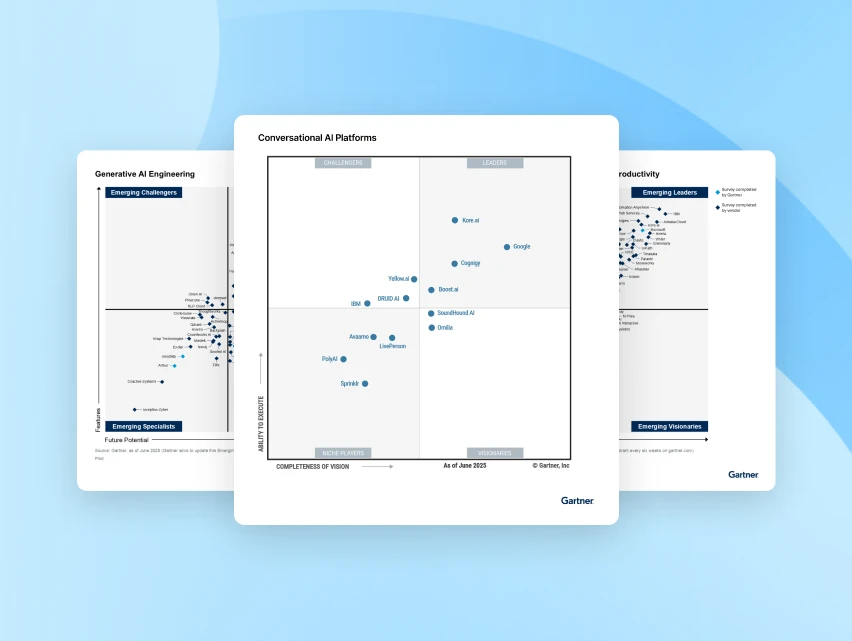
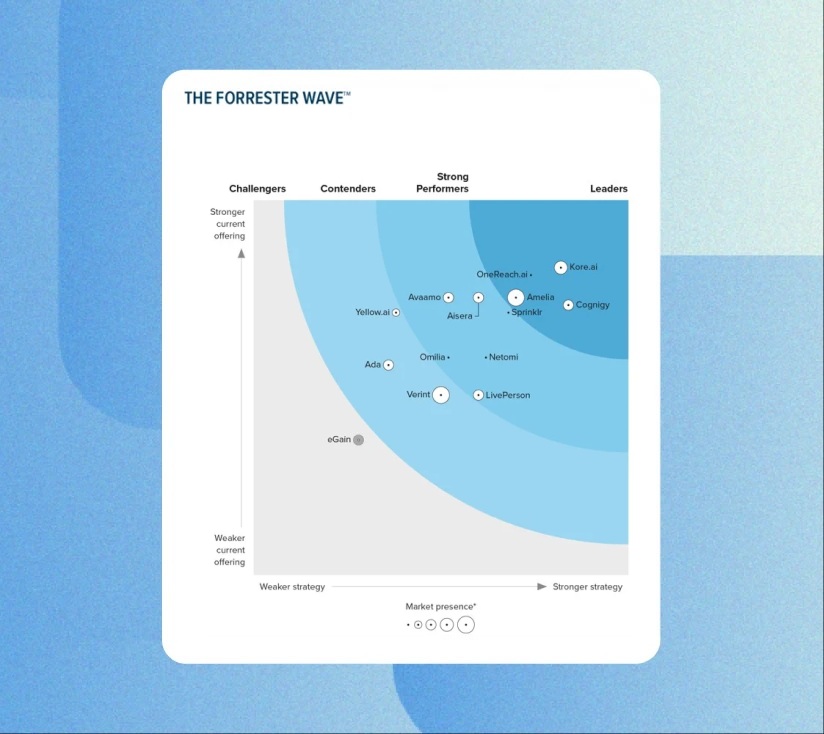


.webp)





